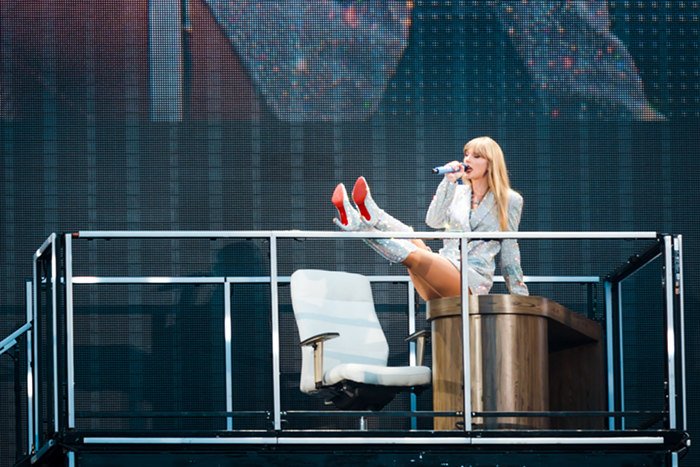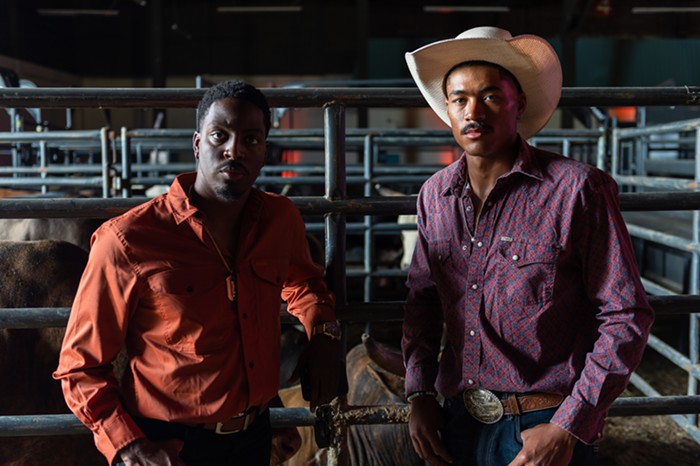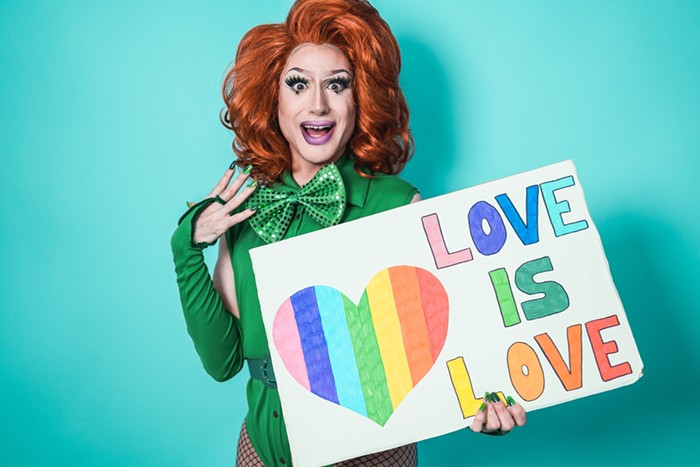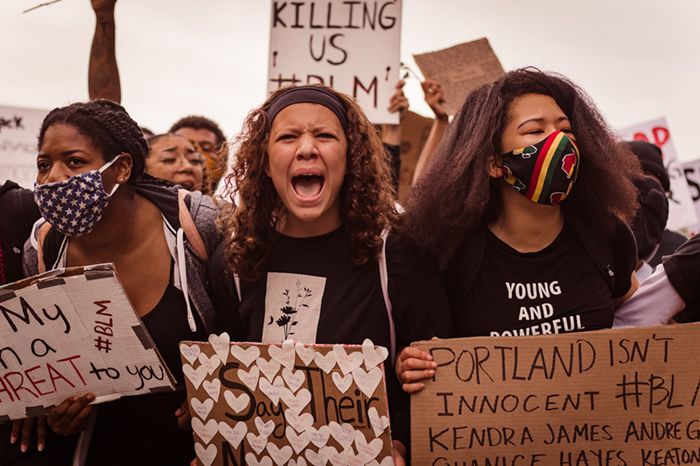
The first Maleficent provided some much-needed backstory on the powerful and so-called “evil witch” from the animated Disney classic Sleeping Beauty. Maleficent (Angelina Jolie) is actually a dark fairy who can control natural elements like roots, plants, and the weather. She can also cause other creatures to shape-shift. And for all means and purposes, Maleficent is also Aurora’s godmother. In the first film, we learn that despite the fact that she cursed a newborn baby—to get revenge on Aurora’s power-hungry father, who drugged Maleficent and, tragically, removed her magnificent wings—Maleficent watches over Aurora throughout her life, tries to revoke the curse, raises her to love the Moors, where fairies and other magical woodland creatures live. Eventually, the two form a deep bond, and it’s revealed that Maleficent’s maternal kiss (of true love!) is what broke the sleeping curse—not Prince Philip, who Aurora had only met once. During the film’s violent climax, Maleficent grows a new pair of wings, returning to her rightful glory once more. [SIGH] I love a good re-telling, a la Wicked. One of my favorite things about this re-telling of Sleeping Beauty from Maleficent's perspective is the way it highlighted dissenting societal ideas about family, acceptance, and diversity.
When the sequel started, it quickly occurred to me that Sleeping Beauty and Maleficent never had a Disney-typical teenage-bride scenario that we all pretended to be okay with. And as we all know, the people (and magicfolk) love a royal wedding! Mistress of Evil is set five years later (so Aurora’s now a ripened 21), and uses Prince Philip’s proposal as a jumping-off point, with a new actor (Harris Dickinson) playing the prince. Of course, with a wedding looming, Philip’s parents request to meet Maleficent, the woman who raised Aurora. Over an awkward dinner at the in-laws’ castle, things get heated.
The animal- and plant-lover in me was fired up by Queen Ingrith (Michelle Pfeiffer), Aurora’s obviously shady and prejudiced mother-in-law to be. When the queen criminalizes magicfolk, and then brings up Maleficent’s baby curses of past, Maleficent gets defensive, and can smell the evil emanating from the queen. During the exchange, in which Maleficent has already trashed the place a bit, the much more tolerant King John (Robert Lindsay) suddenly falls unconscious. Maleficent is called a witch, blamed for cursing the king, and then flees.
This story is just classic: Once again, a woman (er, female creature?) is made out to be a villain because of her dark features. Despite her breaking her own curse in the first movie, propaganda left Maleficent in the role of the villain. (She’s a hero and a villain, thank you very much. Some of us can evolve!)
Speaking of evolution, the film takes an unexpected turn when it introduces a community of dark fairies in hiding, on the verge of extinction, who all look just like Maleficent. As Maleficent flees the castle, the queen has her shot out of the sky with an iron bullet (iron burns fairies), and as she’s sinking to the bottom of the ocean, another dark fairy (Chiwetel Ejiofor) saves Maleficent and carries her to the hideout. When Maleficent awakes in a giant dark fairies’ nest, bandaged up, with her hair down around those horns? Jolie is an absolute VISION. And since she’s the most evolved of her species, Maleficent is essentially queen of the dark fairies; none of the others share her same powers.
Mistress of Evil is a decent enough sequel, though it's less magical than the first installment, which, admittedly, blew my mind. Jolie is still spot-on in Maleficent's socially awkward unhuman-ness, Sam Riley is still excellent as her right-hand crow, Diaval, and while some might feel like Jolie is underutilized, this story is more focused on no-longer-sleeping-beauty Aurora (Elle Fanning), who Maleficent has made queen of the Moors, to the delight of all the magic creatures and fairies. (THE FAIRIES ARE SO CUTE, MY GOD. I’D LIKE TO ADOPT ONE MUSHROOM FAIRY, AND ONE HEDGEHOG FAIRY, PLEASE.)
As the film coalesces into a full-blown wedding-day war, political, and environmental undertones abound, along with another new weapon developed by the evil queen’s basement minion who experiments on fairies, and creates a powder that bursts into red smoke, exploding magicfolk into regular flowers and things.
While this film is sure to hit with kids, adults may have a harder time staying awake and connecting. (They made this whole sequel just so Aurora could get married and Maleficent could find her dark fairy community?) But the film’s cute animation, excellent special effects, and emotional themes applicable to the real world make it easier—and more fun—to find meaning in the fantastical chaos. This sequel was unnecessary, but I'll take it.



















